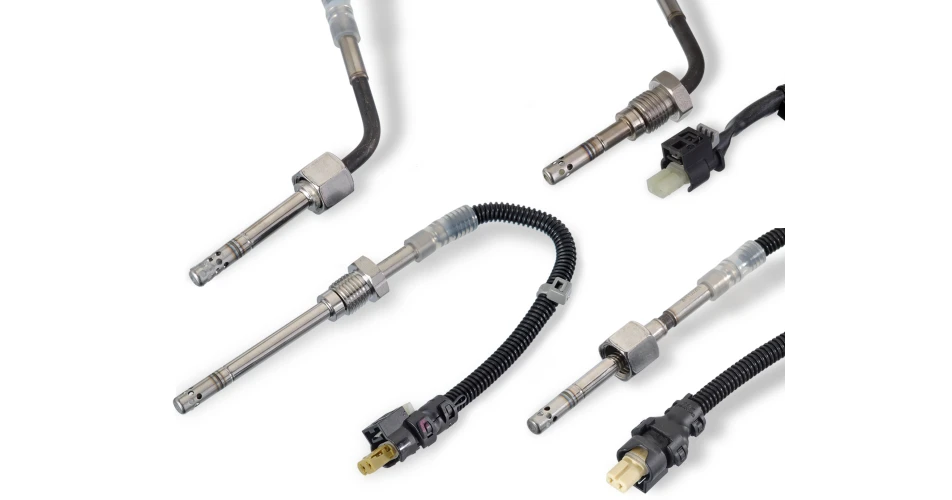MS Motorservice International has significantly expanded its sensor product range. 130 new products have been added in the last three years, covering around 1,700 different vehicle types from manufacturers such as; Audi, Mercedes-Benz, Opel/Vauxhall, Saab, Seat, Škoda and Volkswagen.
The technology of the exhaust gas temperature sensors is based on semiconductor resistors with positive temperature coefficients (PTCs). This means that when the temperature rises, the sensor’s resistance increases. Each resistance level measured is allocated a temperature in the control unit. If the exhaust gas temperature becomes too high, appropriate measures are taken to protect components such as turbochargers or catalytic converters from overheating. Reliable functionality and high quality are therefore essential for the sensors. Motorservice sensors offer high temperature resistance in the range from - 40° to + 1,000°C, along with a proven high level of accuracy and a short response time. In addition, the sensors demonstrate excellent product quality, high long-term stability and a high degree of resistance to mechanical, thermal and chemical strains.
Motorservice acquires a large proportion of its range internally from within the Rheinmetall group, including the subsidiaries Kolbenschmidt and Pierburg, with many of these products the OE choice of car manufacturers.
The Motorservice product range offers excellent coverage with key products used in many applications. For example two sensors alone – item numbers 7.08369.00.0 and 7.08369.01.0 – can be installed in over 4.6 million and over 4 million vehicles worldwide respectively. In Europe alone, the various exhaust gas temperature sensors from the complete range are in use in approximately 34 million vehicles.
Motorservice says it will keep expanding the range in line with market requirements. This means that, in addition to PTC sensors, NTC sensors will be added to the range. In contrast to PTC sensors, the resistance of an NTC sensor falls when the temperature rises.
The Motorservice technical team advises that to ensure correct performance and reliability, sensors must be inserted into the mounting hole in a straight line and not tilted.
